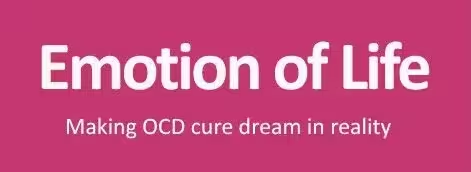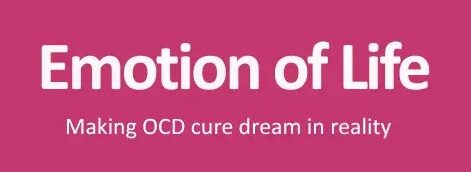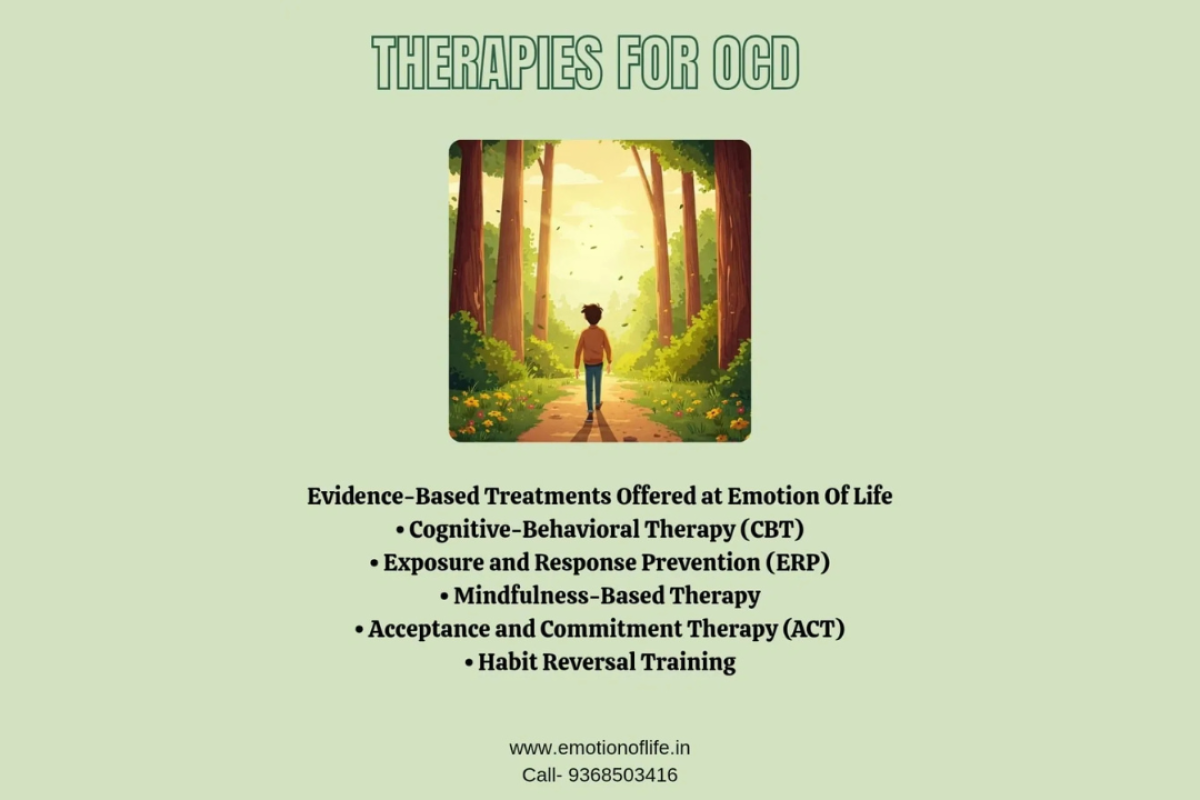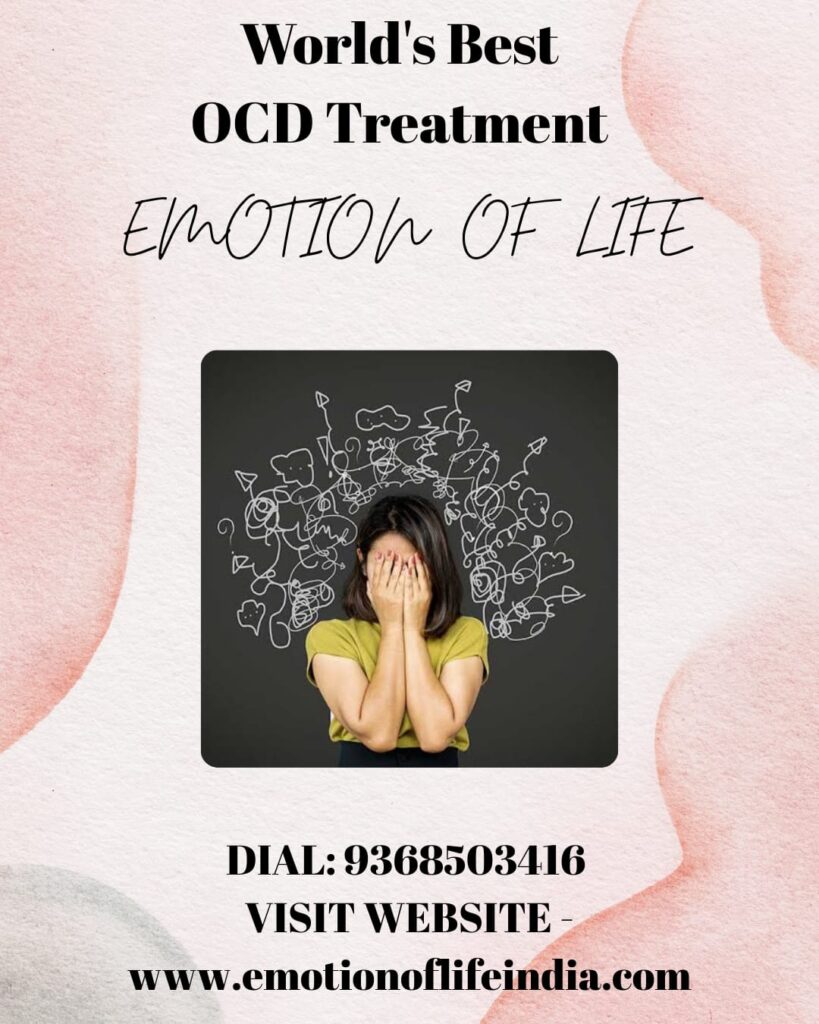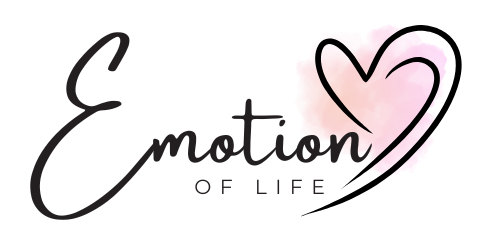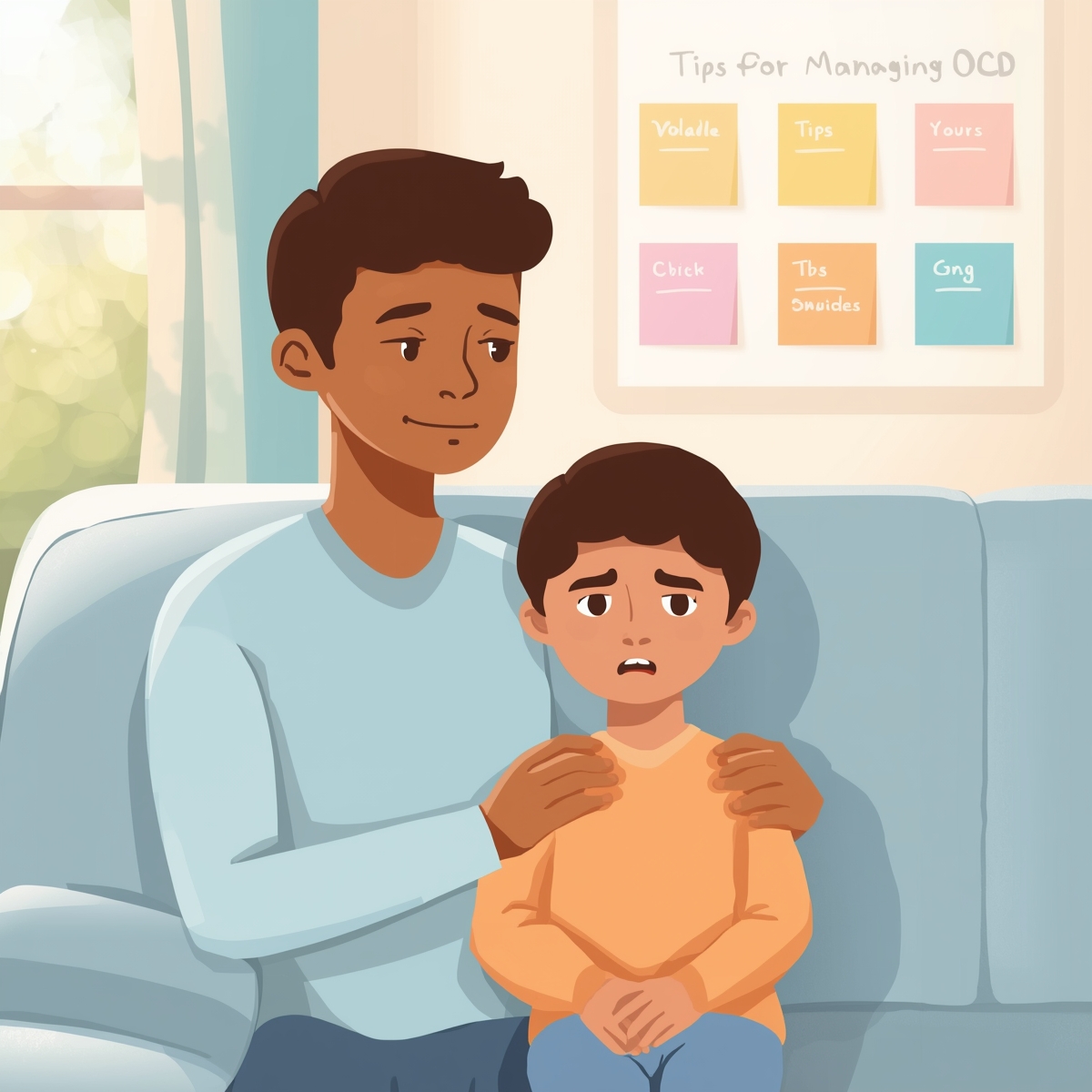Therapy for OCD: CBT, ERP, and ACT
Obsessive-Compulsive Disorder (OCD) is a condition where individuals experience unwanted thoughts (obsessions) and feel driven to perform repetitive behaviors (compulsions) to reduce anxiety. These patterns can become exhausting and interfere with daily life—affecting relationships, work, and emotional health.
OCD is treatable. With structured therapy, individuals can regain peace, balance, and control. At Emotion of Life, we offer Therapy for OCD using CBT, ERP, and ACT—personalized, evidence-based approaches that address the core of OCD, not just the symptoms. Our goal is long-term recovery without dependence on medication.
Why Focus on Therapy for OCD: CBT, ERP, and ACT?
While OCD can feel overwhelming, it responds very well to structured therapy. The goal is not to eliminate every intrusive thought but to change the way you relate to them. Our therapy helps you reduce compulsions, challenge obsessive patterns, and develop emotional flexibility to manage uncertainty with confidence.
1. Cognitive-Behavioral Therapy (CBT)
CBT is a structured, goal-oriented therapy that focuses on how thoughts influence emotions and behaviors. In OCD, distorted beliefs often fuel compulsive habits—like thinking, “If I don’t check the lock five times, something bad will happen.”
In CBT sessions at Emotion of Life, clients learn to:
- Identify distressing thought patterns
- Understand how thoughts trigger compulsions
- Challenge and reframe irrational beliefs
- Adopt healthier thinking habits in daily life
Over time, CBT helps clients recognize that thoughts are not facts—and they no longer need to act on every fear or doubt. This builds trust, self-awareness, and calm decision-making.
2. Exposure and Response Prevention (ERP)
ERP is considered the most effective therapy for OCD. It involves two components:
- Exposure: Facing feared thoughts or situations gradually and safely.
- Response Prevention: Learning to resist the urge to perform rituals or compulsions.
At Emotion of Life, ERP is conducted collaboratively and gently. For example, someone afraid of contamination may be guided to touch a surface and resist washing their hands immediately. Through repeated, structured practice, anxiety decreases naturally, and the brain learns that safety doesn’t depend on rituals.
ERP restores confidence and emotional strength—helping clients regain freedom from obsessive control.
3. Mindfulness-Based Therapy
Mindfulness teaches clients to observe thoughts without judgment. People with OCD often react to intrusive thoughts with fear or guilt. Mindfulness helps them respond with calm acceptance instead of panic.
In these sessions, clients learn:
- Non-reactivity to obsessive thoughts
- Acceptance of uncertainty and discomfort
- Grounding and relaxation practices
Mindfulness complements CBT and ERP by helping individuals detach from fear-based thinking and remain centered in the present moment.
4. Acceptance and Commitment Therapy (ACT)
ACT combines mindfulness with purposeful action. Instead of fighting thoughts, clients learn to accept them and focus on living in alignment with their values. ACT encourages progress even when anxiety is present.
ACT sessions include:
- Exploring personal values and goals
- Understanding how OCD blocks meaningful living
- Developing courage to take action despite discomfort
ACT is particularly helpful for clients who feel “stuck.” It shifts attention from controlling fears to building a value-driven, fulfilling life.
5. Habit Reversal and Compulsion Blocking
Many compulsions become automatic. Through habit reversal training, clients become aware of these patterns and learn to interrupt them consciously. Techniques include:
- Awareness training to notice compulsive urges
- Competing response strategies to replace rituals with neutral actions
- Delay and distraction exercises to reduce the urge intensity
These methods strengthen impulse control and break long-standing behavioral loops.
How Therapy for OCD Works at Emotion of Life
Step 1: Initial Contact
We start with an open, no-pressure conversation to understand your challenges. This step builds trust and clarity about the therapy process.
Step 2: Writing the Problem Statement
Clients describe their distress in their own words. This becomes the emotional anchor for therapy, guiding progress and reflection.
Step 3: In-Depth Assessment
We conduct structured assessments to identify OCD patterns, severity, emotional impact, and underlying personality factors.
Step 4: Psychoeducation
Knowledge reduces fear. We teach clients and families how OCD functions and how therapy helps. Understanding the science behind OCD brings empowerment and relief.
Step 5: Building a Personalized Plan
Based on the assessment, we create a tailored combination of CBT, ERP, ACT, and mindfulness techniques aligned with the client’s comfort level and environment.
Step 6: Therapy Execution
Therapy runs through structured sessions, typically progressing from education and exposure to deeper cognitive and emotional work. Every phase is goal-driven, yet flexible to match the client’s progress.
Step 7: Long-Term Maintenance
After recovery, follow-up sessions and skill-building help prevent relapse. Clients continue applying learned tools independently for long-term stability and confidence.
Types of OCD We Work With
- Contamination OCD
- Checking and Rechecking OCD
- Relationship OCD (ROCD)
- Harm OCD
- Sexual Intrusive Thoughts
- Religious or Moral OCD (Scrupulosity)
- Magical Thinking OCD
Each subtype is treated with a customized therapy plan that combines CBT, ERP, and ACT for maximum effectiveness.
Why Choose Emotion of Life?
At Emotion of Life, we provide structured, compassionate, and non-medication-based OCD therapy led by OCD Specialist Shyam Gupta and a team of expert psychologists. We believe in progress that lasts—achieved through skill, awareness, and empowerment.
- Customized therapy plans
- Daily or weekly session structure
- Compassionate and confidential environment
- Integration of CBT, ERP, ACT, and mindfulness
- Focus on long-term freedom, not symptom control
When you choose Emotion of Life, you’re choosing recovery that honors your pace, values, and individuality.
Conclusion
Living with OCD is challenging, but recovery is absolutely possible. With structured therapy—CBT, ERP, ACT, and mindfulness—you can break free from the cycle of fear and regain control over your life. At Emotion of Life, we walk with you from confusion to clarity, from anxiety to calm, and from fear to freedom.
